Writing Teaching Resources
Teaching writing strategies and the writing process this school year? Explore a comprehensive collection of teacher resources for primary English teachers — all created by teachers!
Stocked with graphic organisers, writing prompts, templates, worksheets and so much more, this collection of printable and digital activities is designed to help you as you help your students become more effective communicators and unleash their creativity and imagination.
Save time on lesson planning with resources that are aligned with the Australian curriculum (including version 9!) and have been through a careful review process by an expert member of our teacher team to ensure they're ready for your classroom and your students!
Are you looking for tips and tricks to add to your teacher toolkit this school year? Read on for a primer from our teacher team, including engaging activities for teaching writing inprimary school and a look at some of the different writing strategies your students will need to learn.
11 Writing Strategies Kids Should Know by the End of Primary School
We can't talk about teaching kids to write without talking about the different writing strategies that can help them do just that!
When it comes to teaching our students to become confident writers who articulate their ideas effectively, here are some of the strategies our teacher team prioritises:
1. Brainstorming
Brainstorming is something we often do in the classroom, and it's a crucial part of learning to generate the ideas that will drive students' writing as they progress through their educational journey. Kids should know how to create a list of potential topics or points related to a particular writing assignment.
With younger students, this is often done as a whole group by writing ideas and points on chart paper. In upper years, students transition over to using text-based materials to generate ideas and talking points.
2. Outlining
Before diving directly into any assignment, our students should be able to create a structured framework or outline. Teaching students how to create this outline will help them organise their thoughts and arguments for penning their essays, reports and research papers.

3. Using Graphic Organisers
Technically graphic organisers are classroom tools, so you may not think of their use as a writing strategy per se. However, learning to use these tools is another means of providing kids with the tools they need to organize their ideas and information before they sit down to write.
These organisers are particularly useful for expository writing — students can use them to outline main ideas, supporting details, and transitions.
Students can also take advantage of story maps when they are working on narrative writing to plot the key elements of a story, such as characters, setting, conflict, rising action, climax and resolution.
Graphic organisers such as the OREO strategy and hamburger paragraph are also great tools for students to use when working with opinion and persuasive texts.
4. Freewriting
Writer's block is the enemy of creativity, and it can easily frustrate young students who don't know where to begin.
When students freewrite, they write continuously without worrying about grammar or punctuation. This writing strategy can be extremely freeing — hence the name! — and helps frustrated writers move past that writer's block, generating fresh ideas.

5. Peer Editing
Learning to review and provide constructive feedback on each other's work is a great writing strategy to employ in your classroom to help students improve their writing quality and enhance their editing skills.
The strategy allows your students to learn from one another, and it arms them with an important tool they can use well into the future — calling on peers to provide a critical eye to a piece of writing.
6. Using Sensory Language
Working on descriptive writing? With this writing strategy, students engage the reader's senses through vivid and sensory language to create a more immersive experience.
7. Including Transitions and Connectives
As students become more proficient in the writing process, learning to use transitional words and phrases allows them to create smooth transitions between sentences and paragraphs. This strategy makes their writing more coherent and polished.
8. Incorporating Evidence
In persuasive, opinion and expository writing, students are taught to support their claims with evidence and examples to strengthen their arguments.
It takes some practice to train your students to use evidence in their writing, so it's often a good idea to start with something simple, like the R.A.C.E.S. strategy.
9. Crafting a Thesis Statement
In expository, opinion and persuasive writing, crafting clear and concise thesis statements that summarise the main point or argument of their essay helps students be more focused and organised in their writing.
This strategy can also have the effect of empowering students to express their ideas confidently and persuasively.
10. Incorporating Introductions and Conclusions
With this strategy, students practice crafting effective introductions and conclusions that grab the reader's attention and leave a lasting impression.
11. Following a Revision Checklist
Teaching your students to use a revision checklist is a strategy that will help them be more self-reflective, evaluating their own writing against the checklist criteria and becoming more aware of their strengths and weaknesses.

- Plus Plan
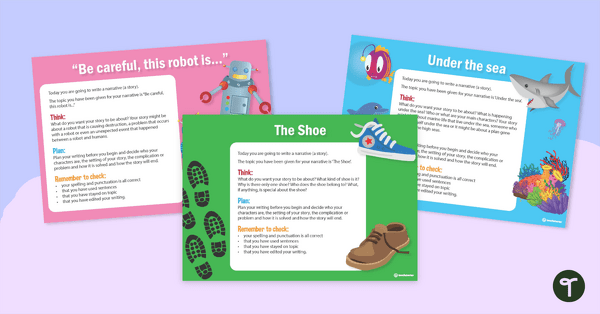
5 Narrative Writing Stimulus Sheets
Writing stimulus sheets with a narrative focus.
- Free Plan
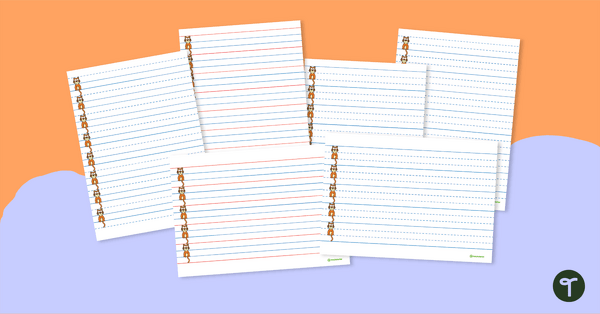
Handwriting Lines with Cat - Dotted Line
Use the cat to help your students set their handwriting out correctly.
- Plus Plan
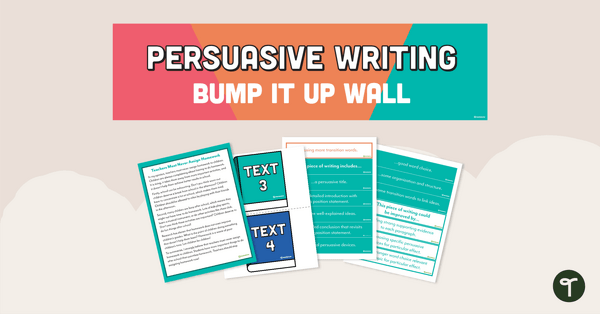
Persuasive Writing Bump It Up Wall – Year 5
A visual display for your classroom to help students 'bump up' their persuasive writing.
- Plus Plan

Narrative Plot Structure Diagram
A plot diagram for students to refer to when planning their narrative writing.
- Plus Plan
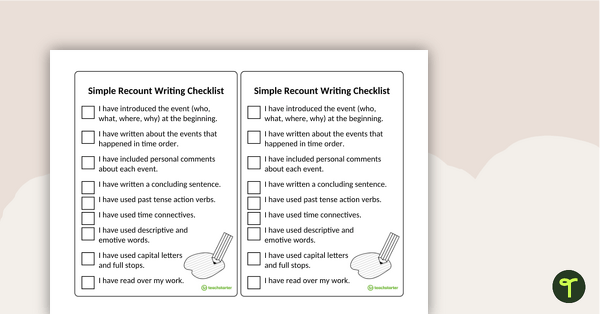
Recount Writing Checklist Pack
Use this recount writing checklist pack when teaching your students how to edit their writing.
- Plus Plan
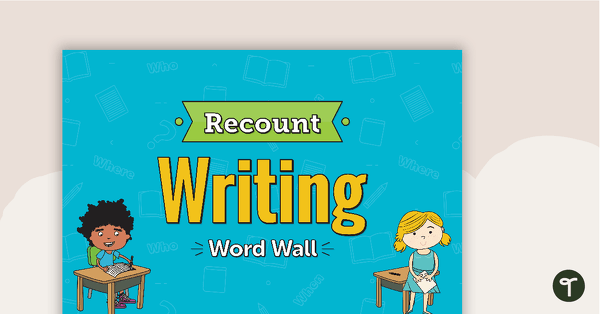
Recount Writing Word Wall
A set of 30 vocabulary words related to recount writing.
- Plus Plan
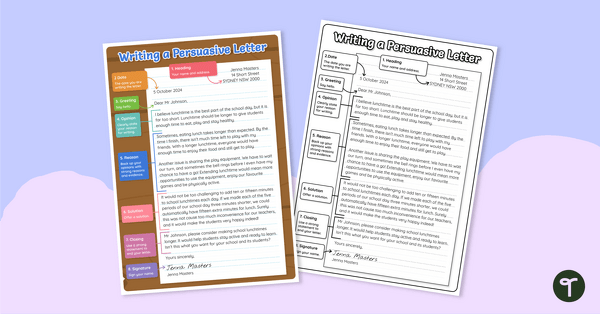
Writing a Persuasive Letter Poster
Use this writing a persuasive letter poster to teach your students the structure and features of persuasive letters.
- Plus Plan
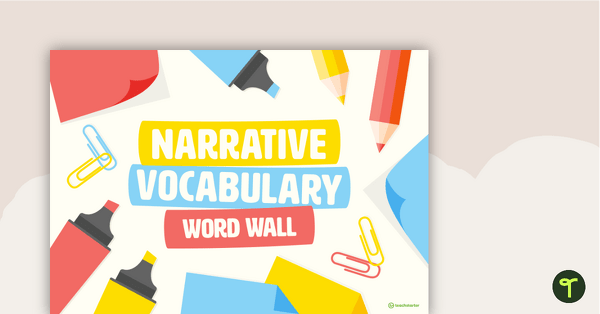
Narrative Vocabulary Word Wall
A set of words to help your students when writing narrative texts.
- Plus Plan
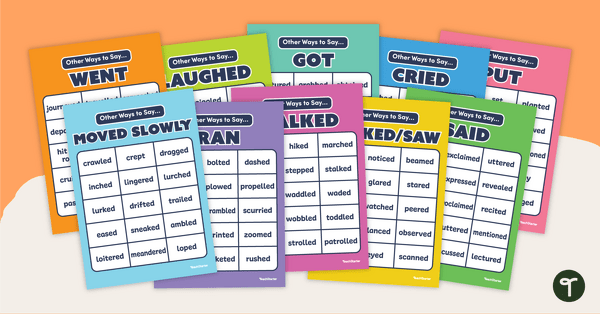
Vivid Verbs Poster Pack
Teach your students to omit boring, overused verbs from their writing with a classroom set of vivid verb posters.
- Plus Plan
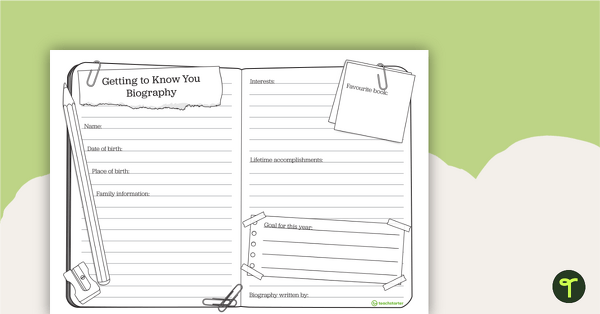
Getting to Know You Biography Template
Help your students get to know each other with a Back to School Biography writing activity.
- Plus Plan
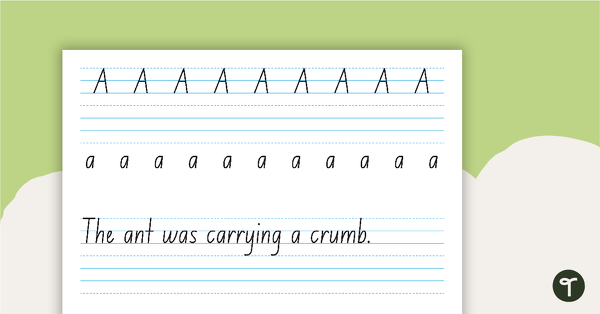
A to Z Handwriting Sheets with Upper and Lower Case Letters and Examples
A set of 26 A to Z handwriting sheets with upper and lower case letters and examples.
- Plus Plan
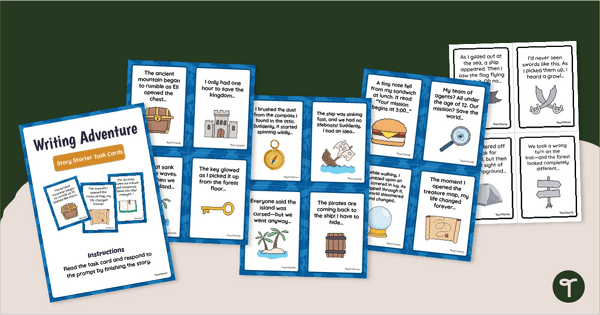
Adventure Story Starter Task Cards
Print and use these Adventure Story Starter Task Cards to inspire adventurous narrative writings during Book Week.
- Plus Plan

Simple and Compound Sentence Structure Lesson Slides
Use our Simple and Compound Sentence Structure PowerPoint to teach your students about parts of sentences, subjects, predicates, and types of sentences!
- Plus Plan

Compound-Complex Sentence Test
Assess your students' understanding of compound-complex sentences with a printable Compound-Complex Sentence Test.
- Plus Plan
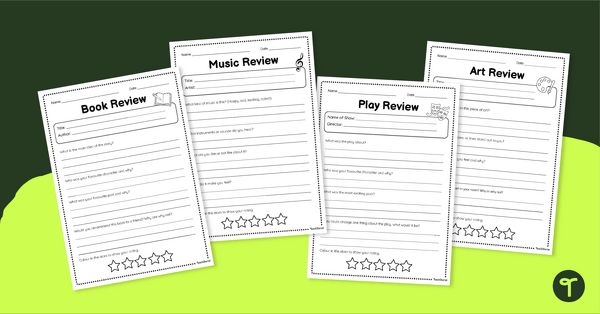
Review Writing Templates Pack
Use these review writing templates when reviewing a variety of genres with your students.
- Plus Plan
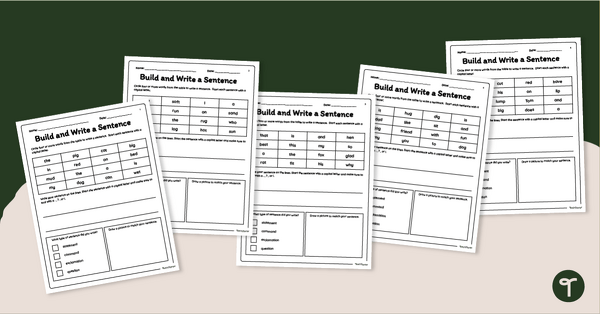
Build and Write a Sentence – Worksheets
Practise building and writing sentences with a set of printable Build and Write a Sentence Worksheets.
- Plus Plan
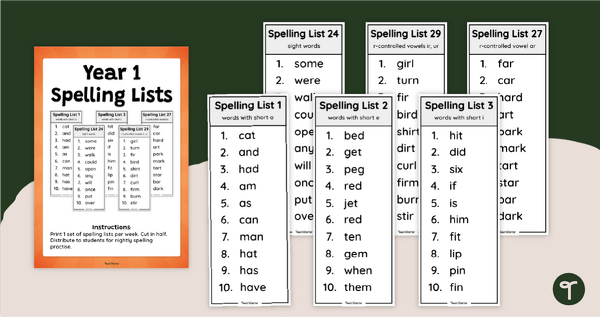
Year 1 Spelling Words - Weekly Lists
Create successful spellers with printable weekly spelling word lists for Year 1.
- Free Plan
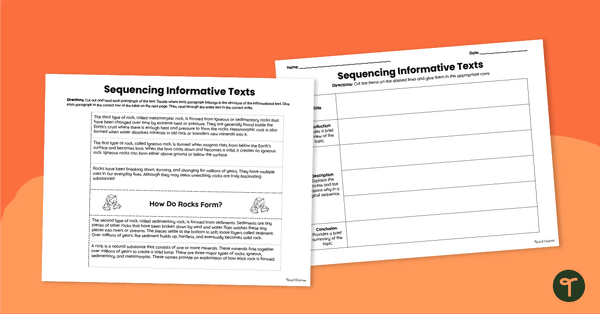
How Do Rocks Form? – Informative Text Sequencing Task
Help students learn about informative text structure and how rocks are formed with an engaging cut-and-paste sorting activity.
- Plus Plan
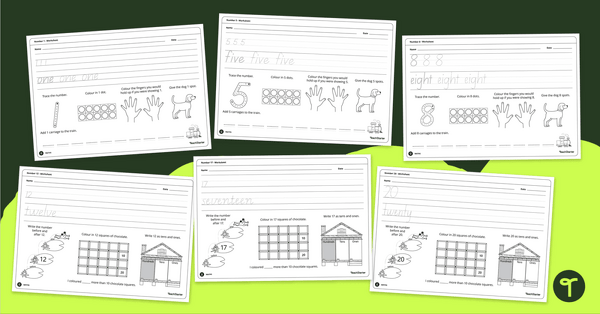
Number Handwriting Practise Worksheets
Provide number handwriting practise to your students with this set of worksheets for the numbers 0 through 20.
- Plus Plan
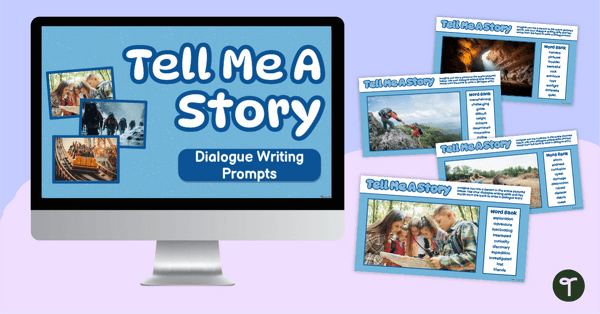
Tell Me a Story - Dialogue Picture Prompts
Make writing dialogue fun and engaging with our ‘Tell Me a Story’ dialogue picture prompts!
- Plus Plan
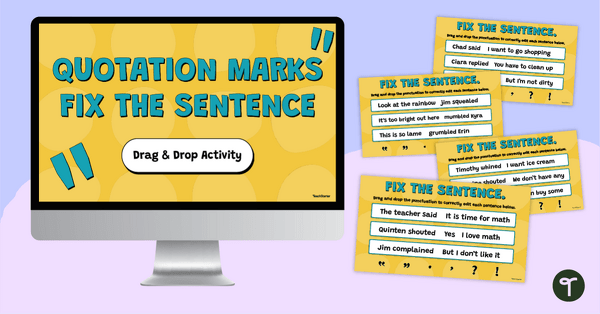
Fix the Sentence - Quotation Marks Practise Activity
Provide perfect punctuation practise with an engaging ‘Fix the Sentence’ Quotation Marks digital learning activity.
- Plus Plan
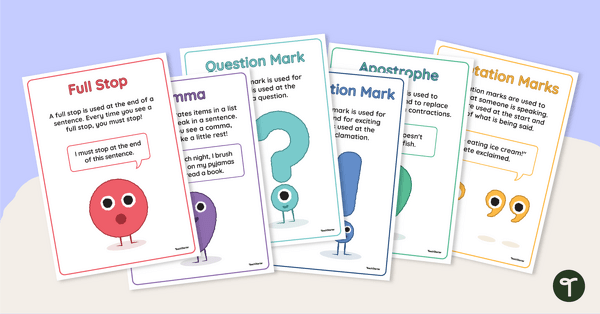
Punctuation Poster Pack
Display this set of 6 punctuation posters in your classroom to remind your students of the most common punctuation marks and their uses.
- Plus Plan
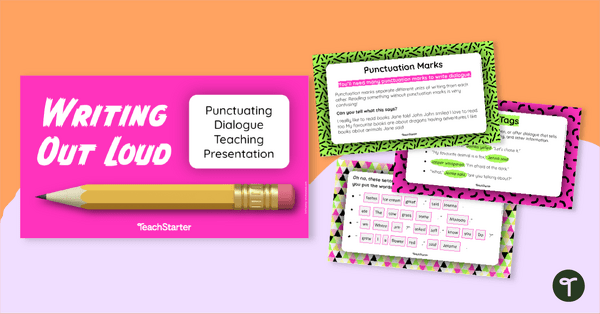
How to Write Dialogue - PowerPoint Teaching Slides
Teach your students how to write dialogue using double quotation marks with an interactive teaching presentation.
- Plus Plan
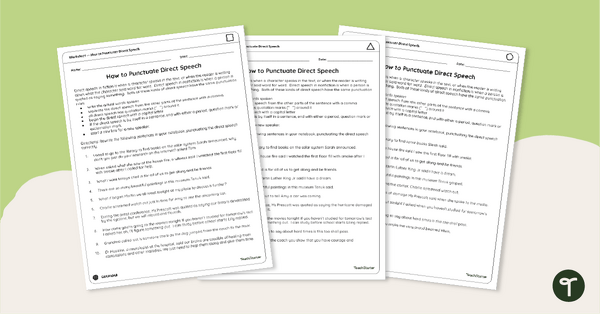
How to Punctuate Dialogue Worksheets
Reinforce understanding of how to punctuate dialogue using double quotation marks with differentiated worksheets.
- Plus Plan
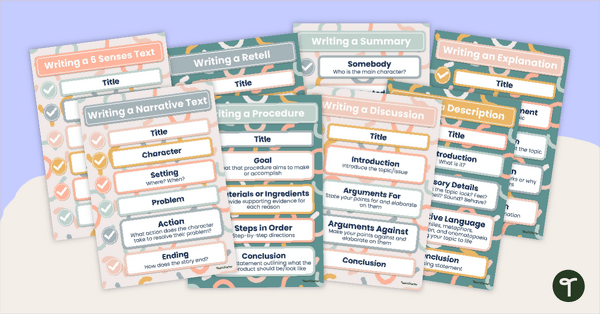
Text Type Structure Poster Display Pack
Display these posters in your room as a visual reminder of the structure of a variety of text types.
- Plus Plan
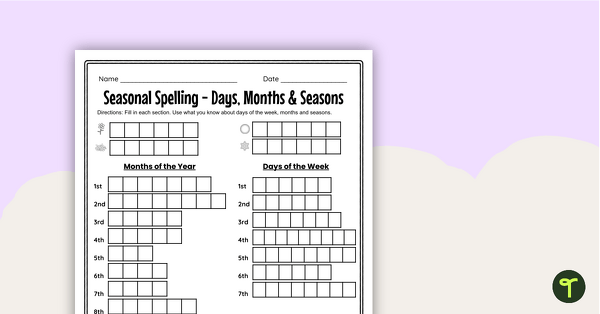
Seasons, Days, & Months of the Year Spelling Worksheet
Spell the days of the week, months of the year, and the four seasons with a printable Spelling Homework sheet.
- Free Plan
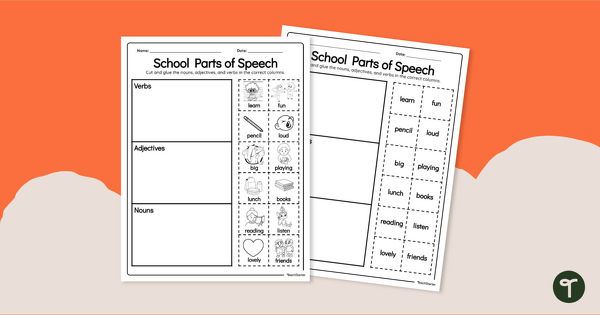
Nouns, Verbs and Adjectives Cut and Paste Worksheet
Have some fun identifying parts of speech by sorting school-themed nouns, verbs, and adjectives with a cut-and-paste worksheet.
- Plus Plan

Grammar and Punctuation Assessment Tool – Year 3
A set of 5 grammar and punctuation assessment tools suited to Year 3 students.
- Plus Plan
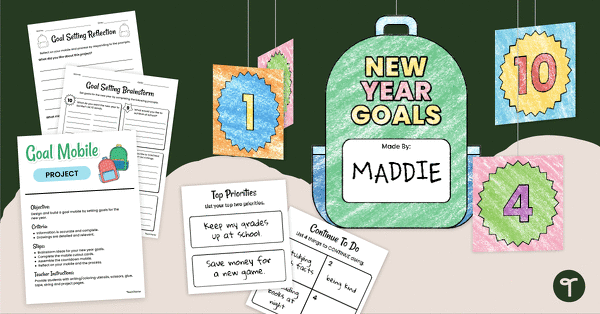
Back-to-School Countdown Mobile - Goal Setting Template
Craft colourful hanging mobiles to start the school year with a printable goal setting craft activity.
- Plus Plan

Write a Short Story – The Discovery or Invention
Get your students analysing and writing an invention story with this engaging and fully scaffolded writing project booklet.
- Plus Plan
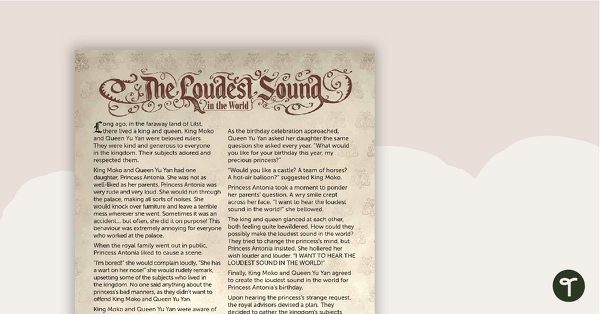
Write a Short Story – The Tale of Transformation
Get your students analysing and writing a story with a lesson with this engaging and fully scaffolded writing project booklet.
- Plus Plan
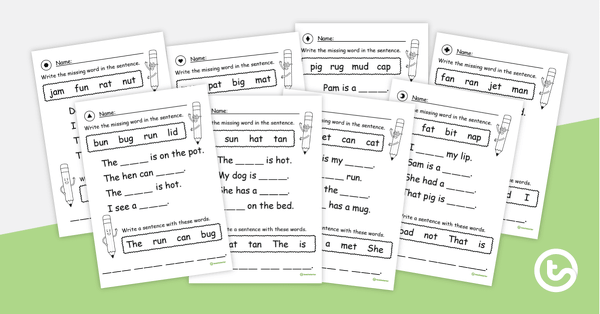
Complete the Sentences – Worksheets for Beginning Writers
A set of 10 worksheets for students to practise completing simple sentences.
- Writing Worksheets
- Writing Templates
- Writing Games
- Writing Posters
- Writing Teaching Presentations
- Writing Labels, Signs & Decorations
- Writing Word Walls
- Writing Projects
- Writing for Preschool/Kindergarten
- Writing for Foundation Year
- Writing for Year 1
- Writing for Year 2
- Writing for Year 3
- Writing for Year 4
- Writing for Year 5
- Writing for Year 6
- Writing for Year 7